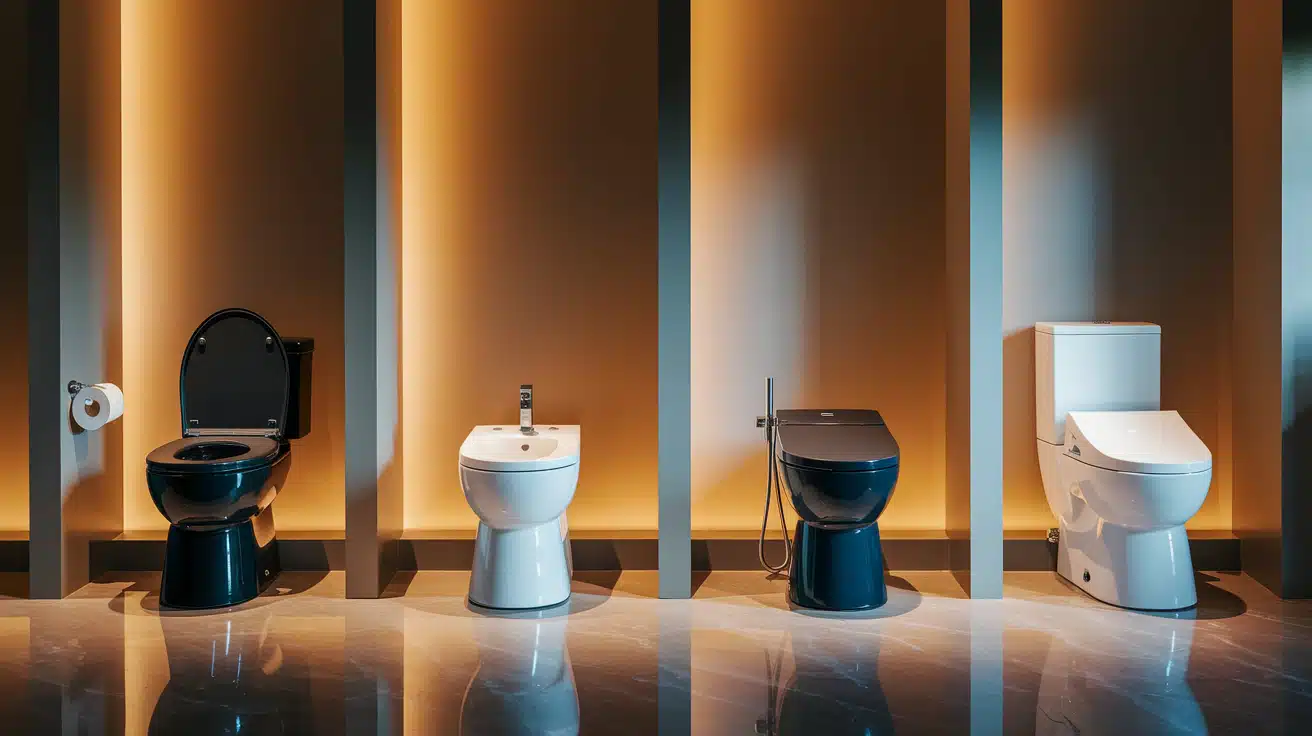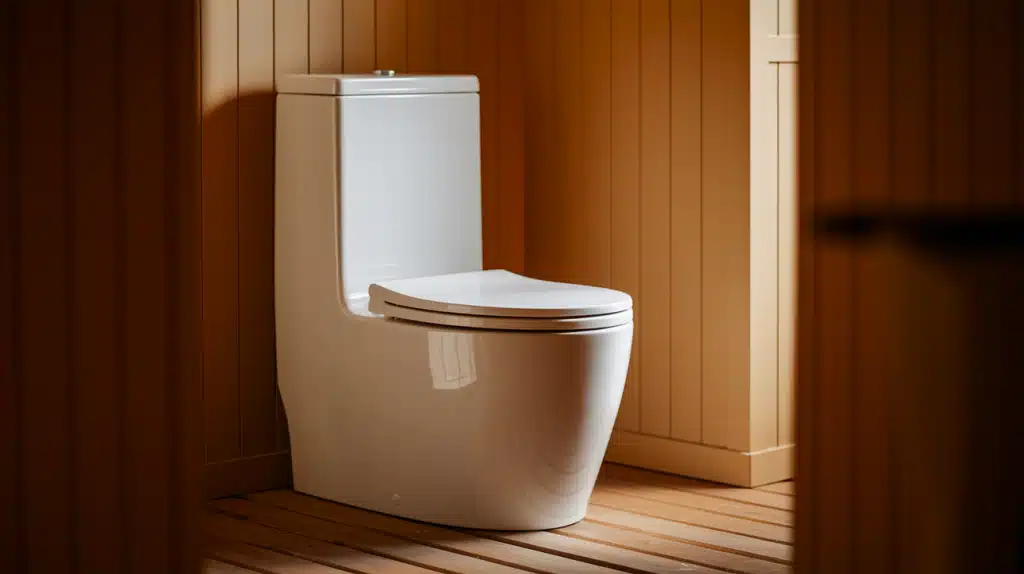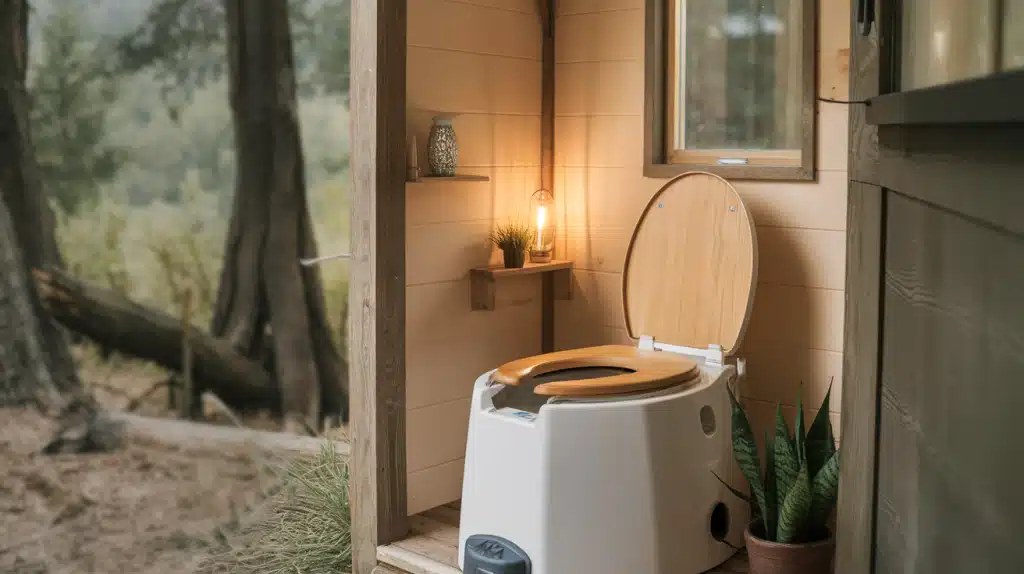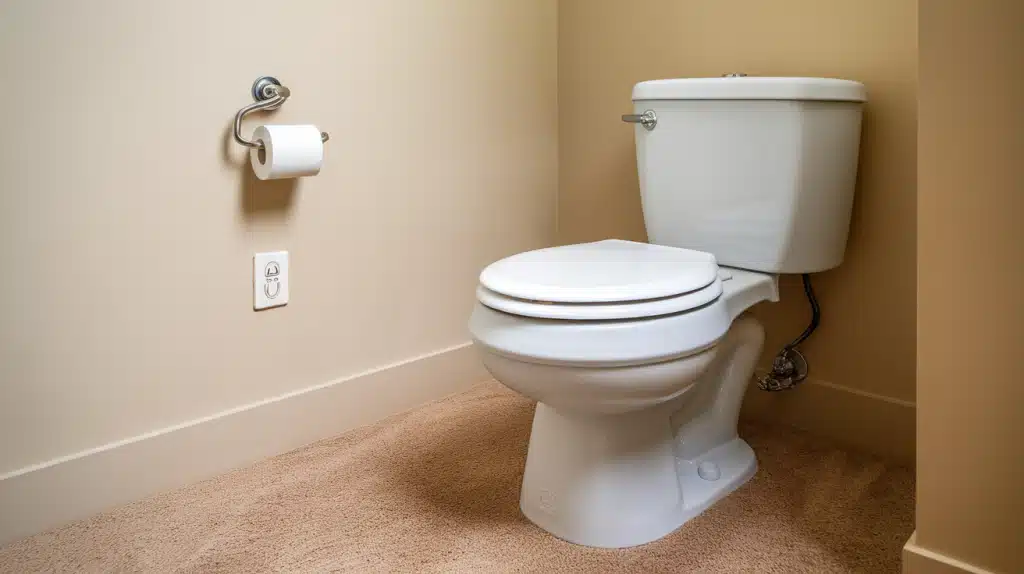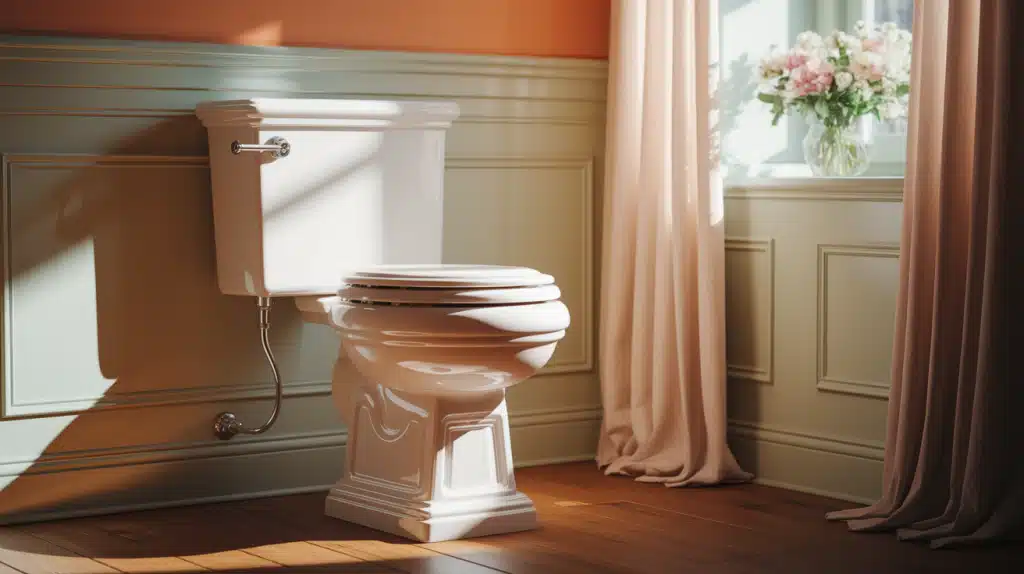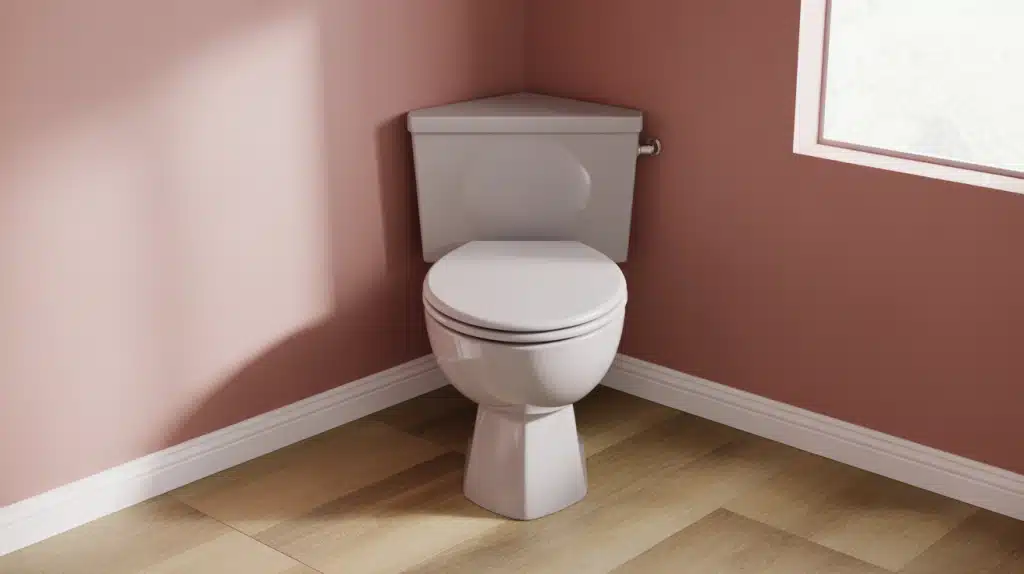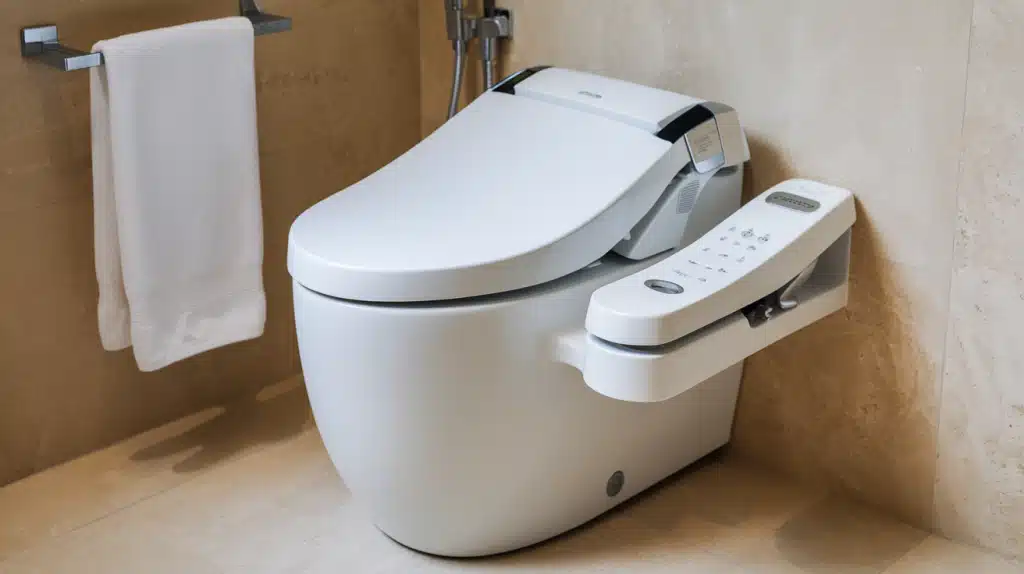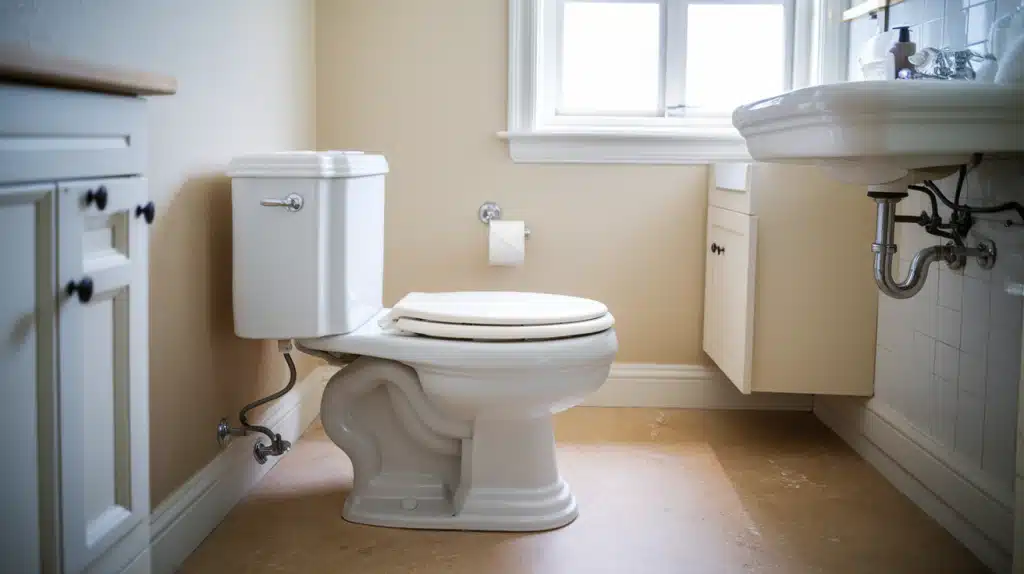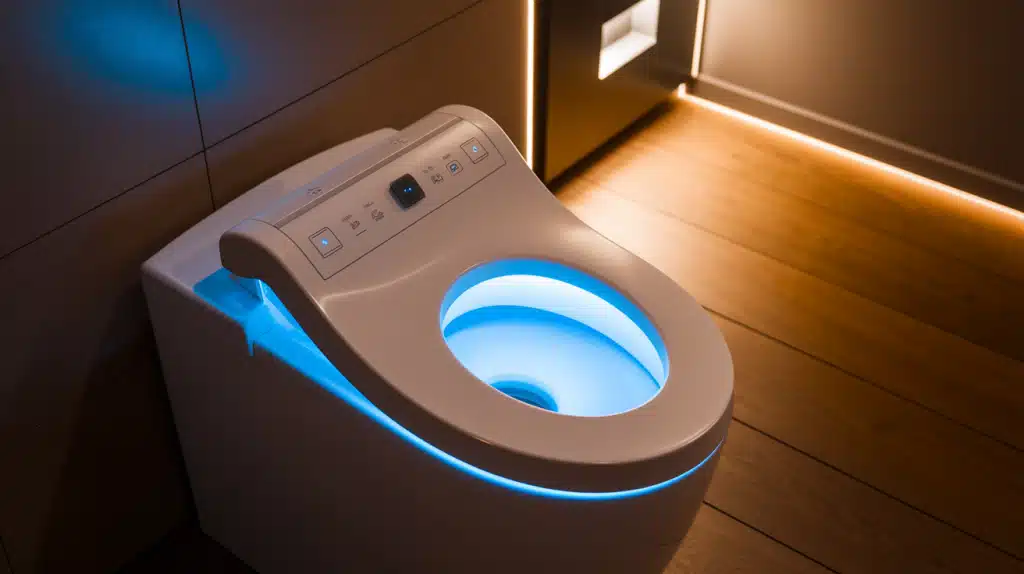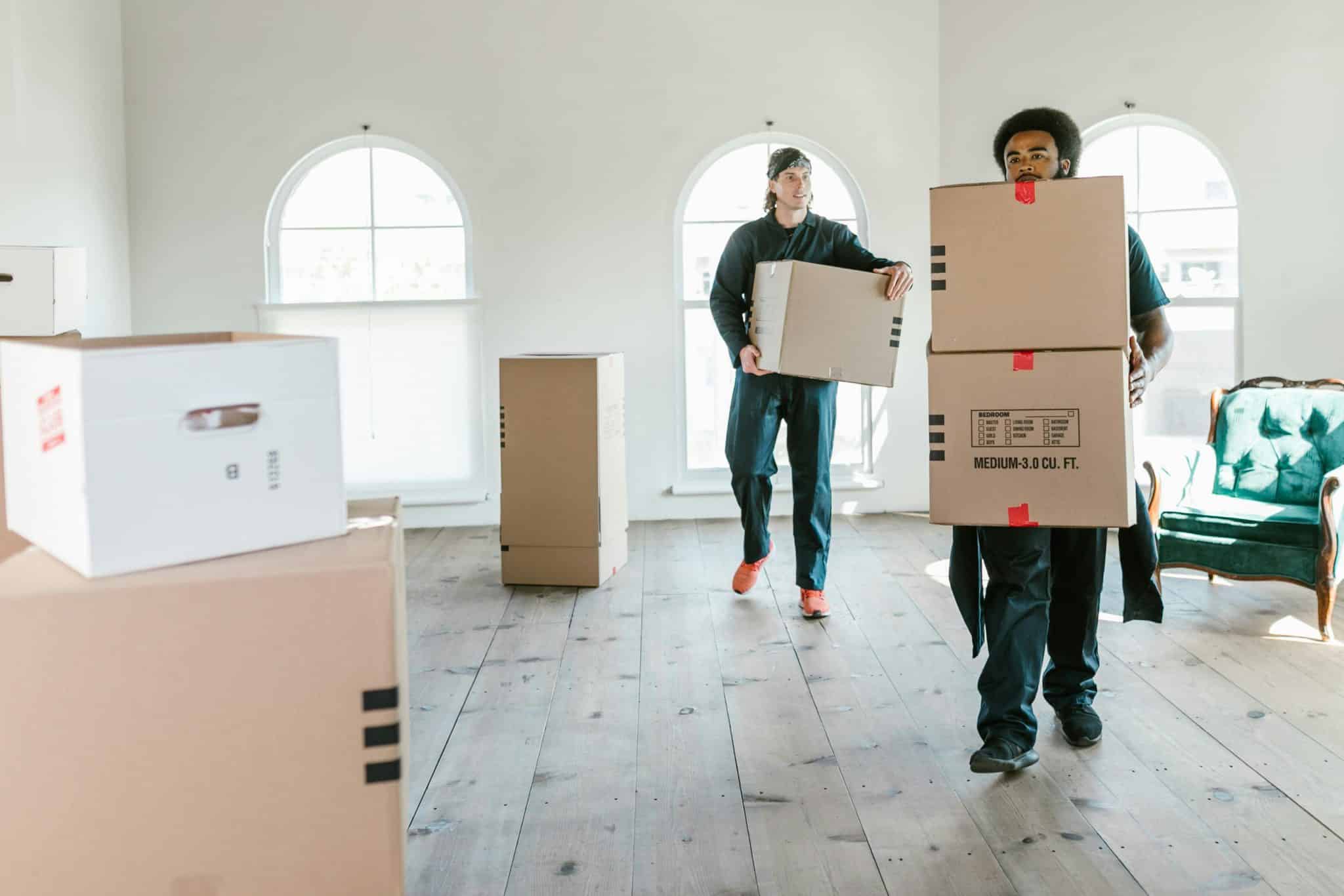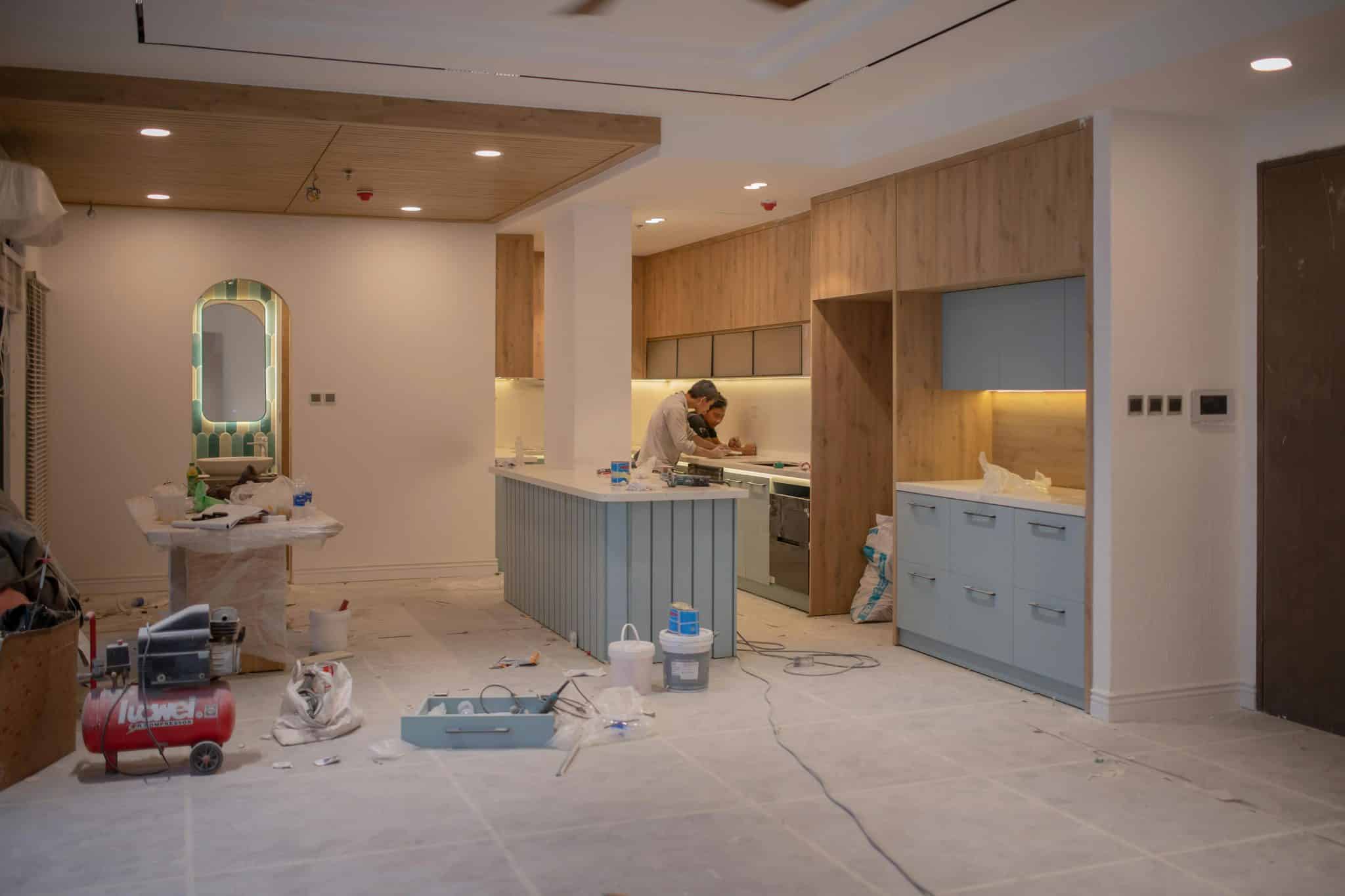Ever wondered what makes your toilet so durable and reliable? Most homeowners take their toilets for granted until something goes wrong or it’s time for a replacement.
Understanding toilet materials and mechanisms isn’t just helpful for repairs, it’s essential for making smart purchasing decisions that save money and improve your bathroom experience.
From ceramic durability to water-saving technology, modern toilets offer incredible variety in materials, flushing systems, and design options.
With different toilet types available today, choosing the right one depends on your space, budget, and comfort needs.
This guide reveals exactly what toilets are made of, how they work, and which type suits your home best, helping you make an informed decision for your next bathroom upgrade.
What Are Toilets Made Of?
Toilets are primarily made from ceramic (porcelain) because it resists stains, scratches, and changes in water pressure without cracking.
Vitreous china is an upgraded version of porcelain, characterized by a glossy finish that facilitates cleaning and prevents stains from adhering.
Plastics (polymers) offer a cheaper, lightweight alternative, mainly used for tanks, although they are less durable than ceramic materials.
Stainless steel provides maximum durability for commercial and high-traffic areas where vandal resistance is crucial.
Copper and brass add luxury touches through decorative handles and premium plumbing fixtures in upscale bathroom designs.
How Do Toilets Work?
- Press the flush handle to open the flush valve and release stored water
- Water rushes from the tank into the bowl, creating pressure that starts the cleaning process
- Siphon action pulls waste through the curved trap using vacuum-like suction
- Gravity helps move waste and water down through the drain pipes
- The fill valve automatically refills the tank with fresh water after flushing
- The overflow mechanism prevents flooding by directing excess water into the bowl
Toilet Types: 17 Options to Consider for Your Home
Choosing the right toilet depends on your space, budget, and personal needs. Here are 17 different toilet types with their benefits and drawbacks to help you make the best choice.
1. Two-Piece Toilet
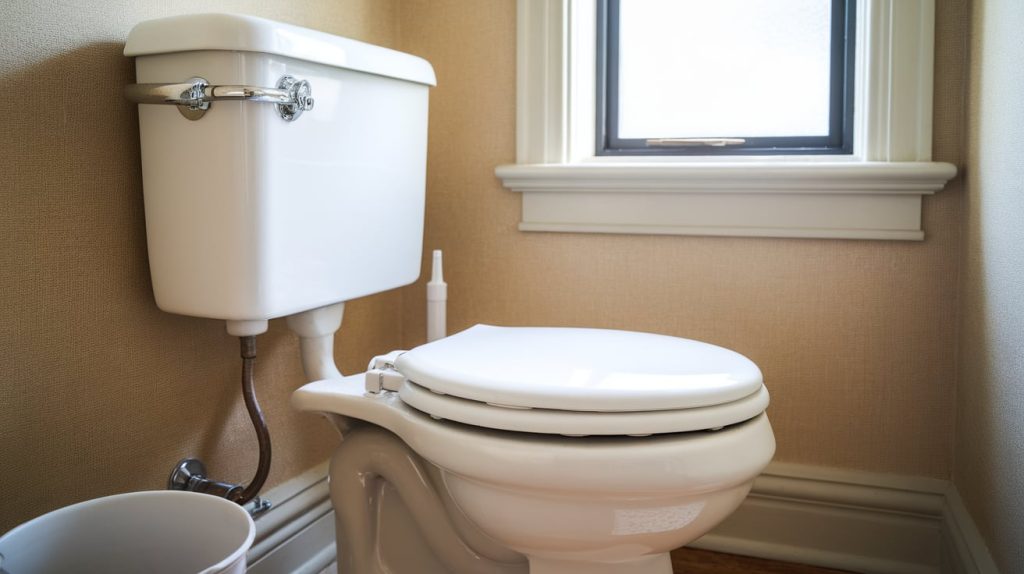
The traditional design features separate tank and bowl components that are bolted together during the installation process.
This classic style remains the most popular choice for residential bathrooms due to its affordability and wide availability. Two-piece toilets are easier to transport and install since each part can be handled separately.
Pros: Most affordable toilet option with easy repairs and a wide style selection
Cons: Collects dirt around the seam and takes more space than one-piece models
2. One-Piece Toilet
Modern toilets with tank and bowl molded together as a single unit create a sleek, streamlined appearance.
The seamless design eliminates the joint between the tank and bowl, making cleaning much easier and more hygienic.
One-piece toilets typically have a lower profile and take up less space than traditional two-piece models.
Pros: Sleek design with no seams to clean and compact space-saving profile
Cons: Higher price and heavier weight make installation more difficult
3. Wall-Hung Toilet
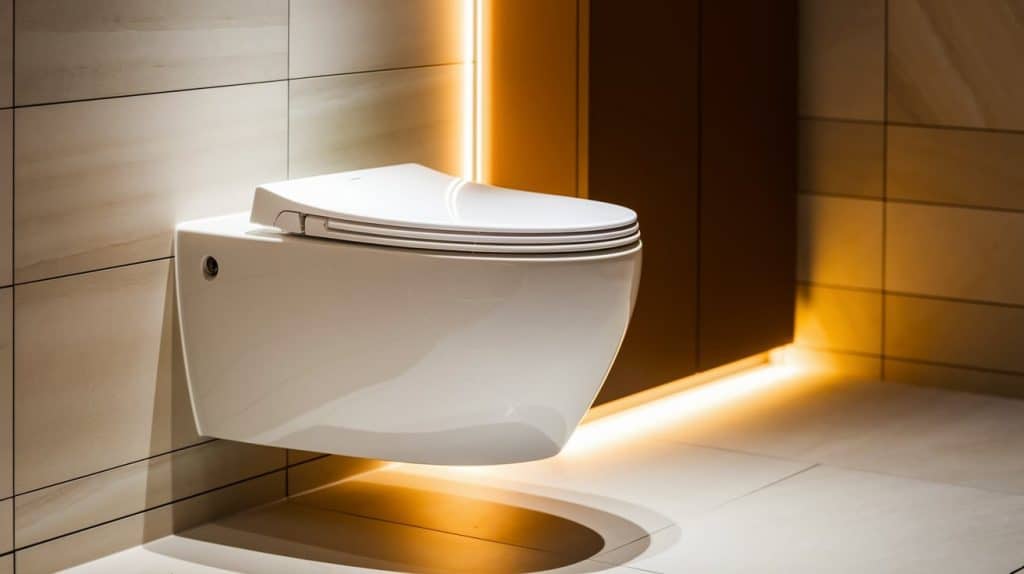
Space-saving toilets mounted directly to the wall with hidden tanks create a floating effect in the bathroom. The tank is concealed inside the wall, leaving only the bowl visible for a clean, minimalist appearance.
Wall-hung toilets make floor cleaning much easier since they are not touching the ground beneath them.
Pros: Saves floor space and creates a modern look with easy cleaning underneath
Cons: Expensive installation requiring strong wall support and hidden tank access
4. Composting Toilet
Eco-friendly toilets that break down waste naturally through composting processes without using any water for flushing. These self-contained units use natural bacteria and ventilation to decompose waste into compost material.
Composting toilets are perfect for off-grid homes, cabins, and areas with water scarcity issues. They require regular maintenance but offer complete independence from water and sewer systems.
Pros: No water needed, making it perfect for off-grid living and environmental conservation
Cons: Requires regular maintenance and proper ventilation, with higher upfront costs
5. Dual-Flush Toilet
Water-saving toilets with two flush buttons or handles offering different water volumes for different types of waste. The smaller flush uses less water for liquid waste, while the larger flush provides full power for solid waste.
Dual-flush toilets can reduce water consumption by up to 30% compared to single-flush models. They’re becoming standard in many new homes and green building projects.
Pros: Reduces water bills significantly with two flush options for different waste types
Cons: More complex mechanism with a higher purchase price than single-flush models
6. Single-Flush Toilet
Traditional toilets that use the same predetermined amount of water for every flush, regardless of waste type. These simple, reliable toilets have been the standard for decades and continue to work well in most homes.
Single-flush toilets typically use 1.6 gallons per flush and offer consistent, powerful flushing performance. They’re easy to operate with just one handle or button for all flushing needs.
Pros: Simple, reliable operation with consistent flush power and lower purchase price
Cons: Uses more water than dual-flush model, resulting in higher utility bills
7. Smart Toilet
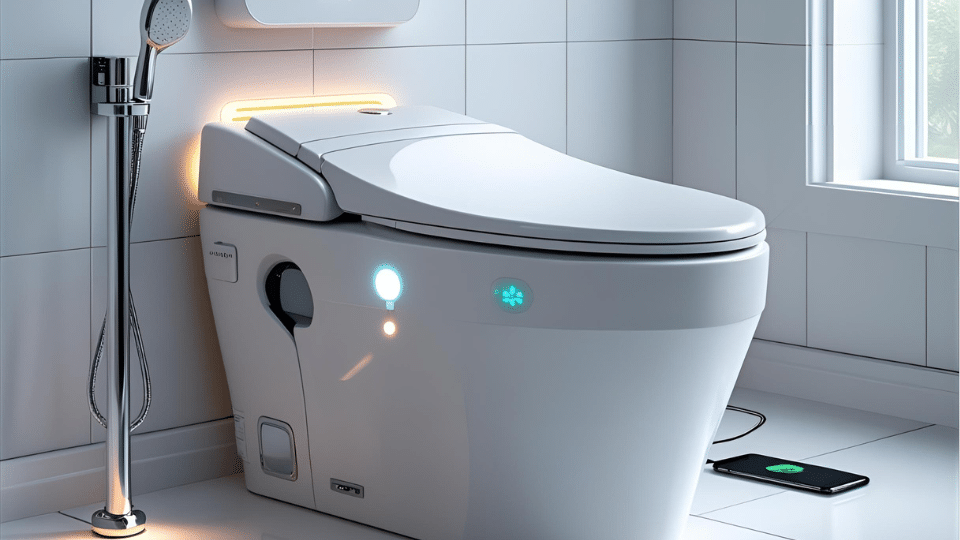
High-tech toilets are packed with features like heated seats, automatic flushing, self-cleaning cycles, and built-in bidet functions. These toilets are connected to electricity and often feature remote controls or smartphone apps for customization.
Smart toilets offer the ultimate in bathroom luxury and convenience with touchless operation and personalized settings. They represent the latest in bathroom technology and comfort innovation.
Pros: Ultimate comfort with heated seats, automatic functions, and built-in bidet features
Cons: Very expensive purchase price, requiring electrical connection, and complex repairs
8. Corner Toilet
Specially designed toilets with triangular tanks that fit perfectly into bathroom corners to maximize space utilization. These space-saving toilets are ideal for small bathrooms, powder rooms, and tight spaces where standard toilets won’t fit.
Corner toilets come in both round and elongated bowl options to suit different comfort preferences. They’re particularly popular in basement bathrooms and small half-baths.
Pros: Maximizes small bathroom space by fitting perfectly into corner areas
Cons: Limited style choices, and may feel cramped with harder-to-find replacement parts
9. High-Efficiency Toilet (HET)
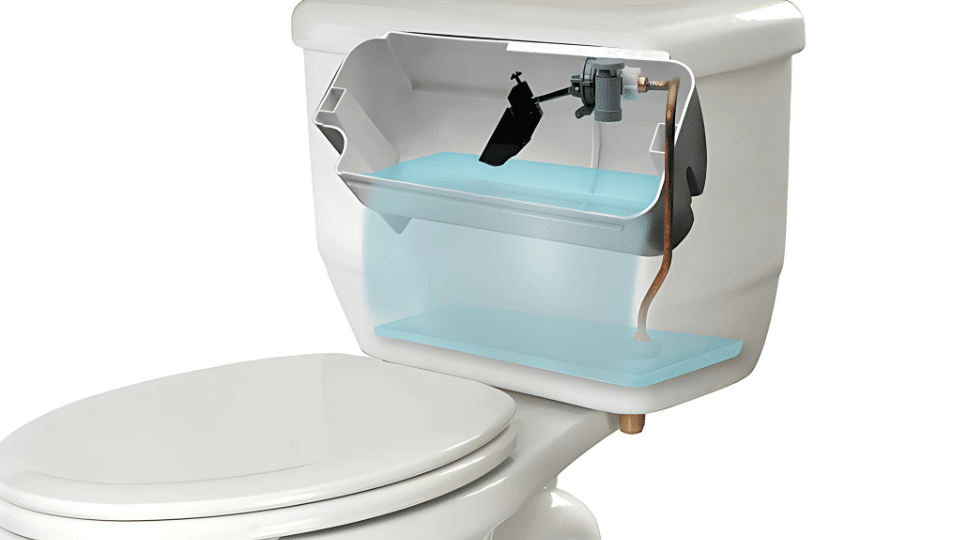
Water-saving toilets that use 1.28 gallons or less per flush while maintaining strong flushing performance through improved design. These toilets meet strict efficiency standards set by environmental agencies and utility companies.
High-efficiency toilets utilize advanced flushing technology to effectively move waste with minimal water usage. They often qualify for rebates from local water utilities and green building certifications.
Pros: Significant water savings with strong flushing power and potential utility rebates
Cons: Higher upfront cost with limited design options and complex repair mechanisms
10. Pressure-Assisted Toilet
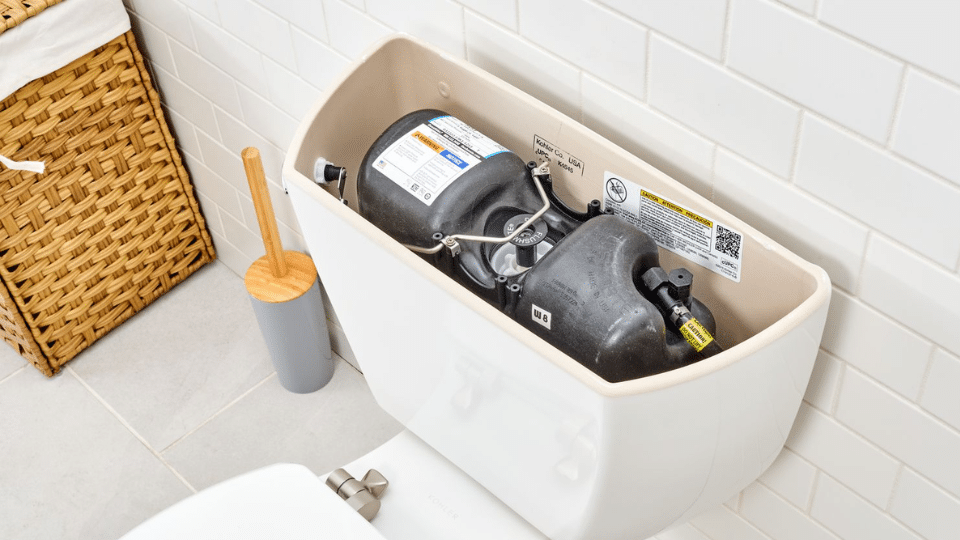
Toilets that use compressed air pressure stored in a tank to create powerful, forceful flushes ideal for heavy use. These toilets compress air when the tank fills, then release that pressure to blast waste through the system.
Pressure-assisted toilets are common in commercial settings and busy households that need reliable waste removal. They virtually eliminate clogging problems through their powerful flushing action.
Pros: Very powerful flush action that reduces clogging in busy households
Cons: Loud flushing noise, with higher cost and complex repair requirements
11. Gravity-Feed Toilet
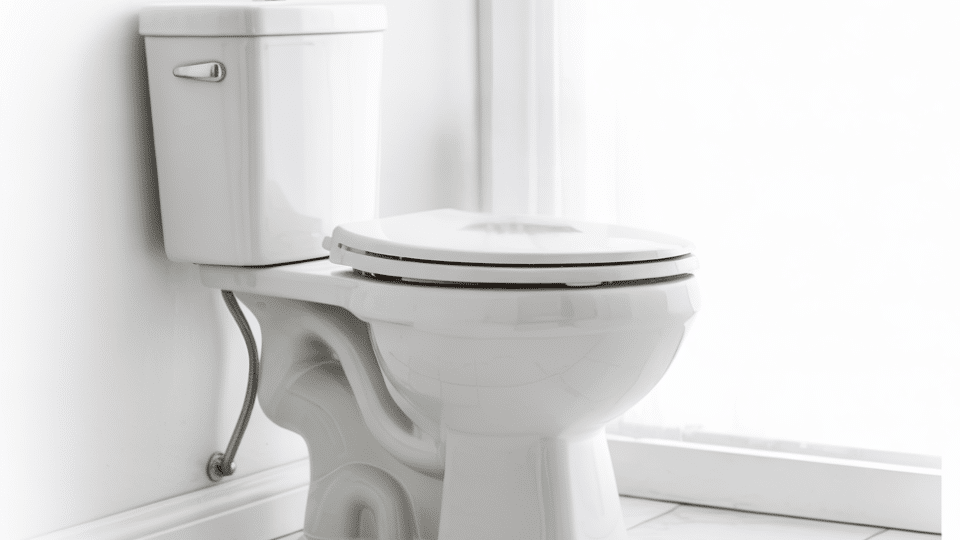
Standard toilets that rely on gravity to move water from the tank down into the bowl for simple, reliable operation. These toilets use the weight and force of falling water to create siphon action that removes waste.
Gravity-feed toilets are quiet, dependable, and easy to maintain with basic plumbing knowledge. They remain the most common type of toilet in residential applications worldwide.
Pros: Quiet operation with simple, reliable design and easy maintenance
Cons: Less powerful flush that may clog more easily and uses more water
12. Bidet Toilet Combo
Toilets with built-in bidet functions that spray warm water for cleaning, combining two bathroom fixtures into one space-saving unit. These toilets include adjustable water temperature, pressure settings, and air drying features for complete personal hygiene.
Bidet toilet combos are popular in many countries and gaining acceptance in North American markets. They offer superior cleanliness compared to toilet paper alone.
Pros: Enhanced hygiene with warm water cleaning and space-saving combination design
Cons: Much higher purchase price, requiring electrical connection, and complex installation
13. Low-Profile Toilet
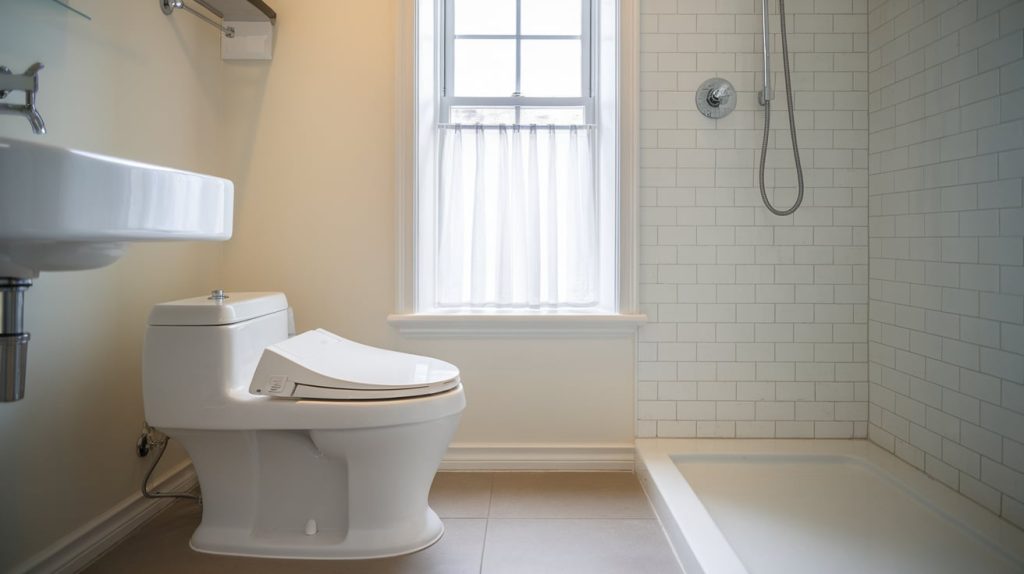
Compact toilets are designed with a shorter overall height to fit in spaces with low ceilings or height restrictions. These toilets maintain full functionality while reducing the vertical space required for installation.
Low-profile toilets are perfect for basement bathrooms, under-stair installations, and rooms with sloped ceilings. They offer a sleek, modern appearance that complements contemporary bathroom designs well.
Pros: Fits in low-ceiling spaces with sleek modern appearance and compact design
Cons: Limited comfort for tall users with fewer style options available
14. Round Bowl Toilet
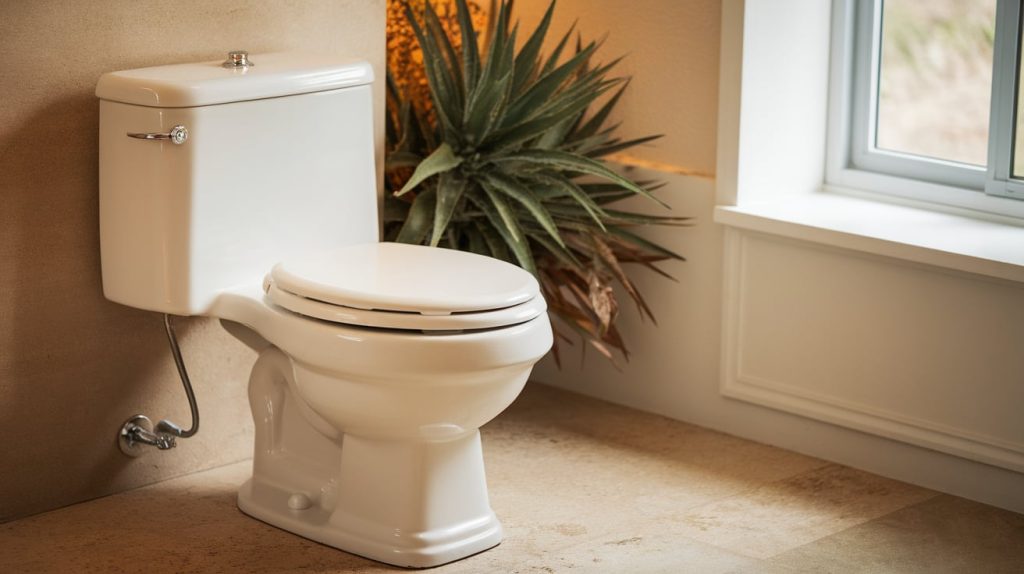
Compact toilets with circular bowls that measure about 16.5 inches from the wall to the front of the bowl. These space-saving toilets work well in small bathrooms where every inch of floor space matters.
Round bowl toilets are typically less expensive than elongated models and easier to fit into tight bathroom layouts. They’re common in older homes and apartments with smaller bathroom footprints.
Pros: Takes up less floor space and costs less than elongated models
Cons: Less comfortable seating with a smaller area that may feel cramped
15. Elongated Bowl Toilet
Toilets with oval-shaped bowls that extend about 18.5 inches from the wall, providing extra comfort and space. The elongated design offers more seating area and is generally considered more comfortable for most users.
These toilets provide better hygiene due to the larger bowl size and are preferred in most modern bathroom installations. Elongated bowls are standard in commercial settings and upscale residential bathrooms.
Pros: More comfortable seating with better hygiene and a professional appearance
Cons: Takes up more floor space and costs more than round bowl models
16. Raised Toilet Seat
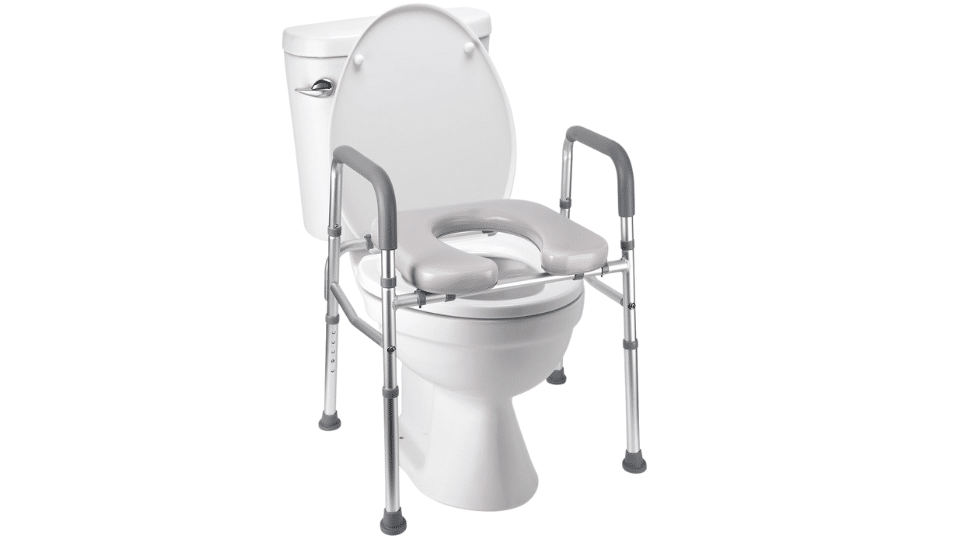
Toilets are designed with higher seat heights, typically 17-19 inches from the floor to the seat, making it easier to sit and stand. These comfort-height toilets are also called ADA-compliant or universal height toilets for accessibility reasons.
Raised toilet seats reduce strain on knees and back when sitting down or standing up. They’re particularly beneficial for elderly users, tall people, and those with mobility challenges.
Pros: Easier for elderly and mobility-impaired users with a comfortable height for adults
Cons: May be too high for children with a higher purchase price
17. Smart Bidet Toilet Seat
Upgrade seats that replace existing toilet seats to add bidet functions like warm water cleaning and heated seats.
These retrofit options enable homeowners to upgrade their existing toilets without requiring a full replacement. Smart bidet seats feature adjustable water temperature, pressure control, air drying, and remote operation.
Pros: Upgrades existing toilet with heated seats and customizable bidet features
Cons: Requires an electrical outlet with high cost and complex installation needs
Choosing the Right Toilet
When choosing the right toilet, consider three key factors: material, efficiency, and comfort.
Porcelain and ceramic are the best material choices because they resist stains, last for decades, and provide smooth surfaces that are easy to clean with basic household products.
Water-saving toilets, such as dual-flush models (offering a 0.8-gallon light flush and a 1.6-gallon full flush) or high-efficiency toilets (using 1.28 gallons or less), can reduce water bills by 20-30% while maintaining strong flushing power.
For comfort, elongated bowls offer better seating and hygiene than round bowls.
Additionally, comfort-height toilets (17-19 inches) are more suitable for adults and individuals with mobility impairments, while standard-height models (15-16 inches) are better suited for children and shorter adults.
Conclusion
The perfect toilet strikes a balance between durability, efficiency, and user comfort within your specific space and budget constraints.
Consider your bathroom size, budget, and family needs when making your choice. Quality materials matter most, as toilets typically last 15-20 years with proper care.
Measure your space carefully before shopping. Check for wall clearance, floor space, and ceiling height to ensure proper fit.
Remember that this investment will serve your family for decades, so prioritize quality construction over trendy features.
Whether you opt for a basic two-piece model or upgrade to innovative features, prioritize proven materials and water efficiency for optimal results.
What matters most to you, saving water or comfort? Share your thoughts below!

